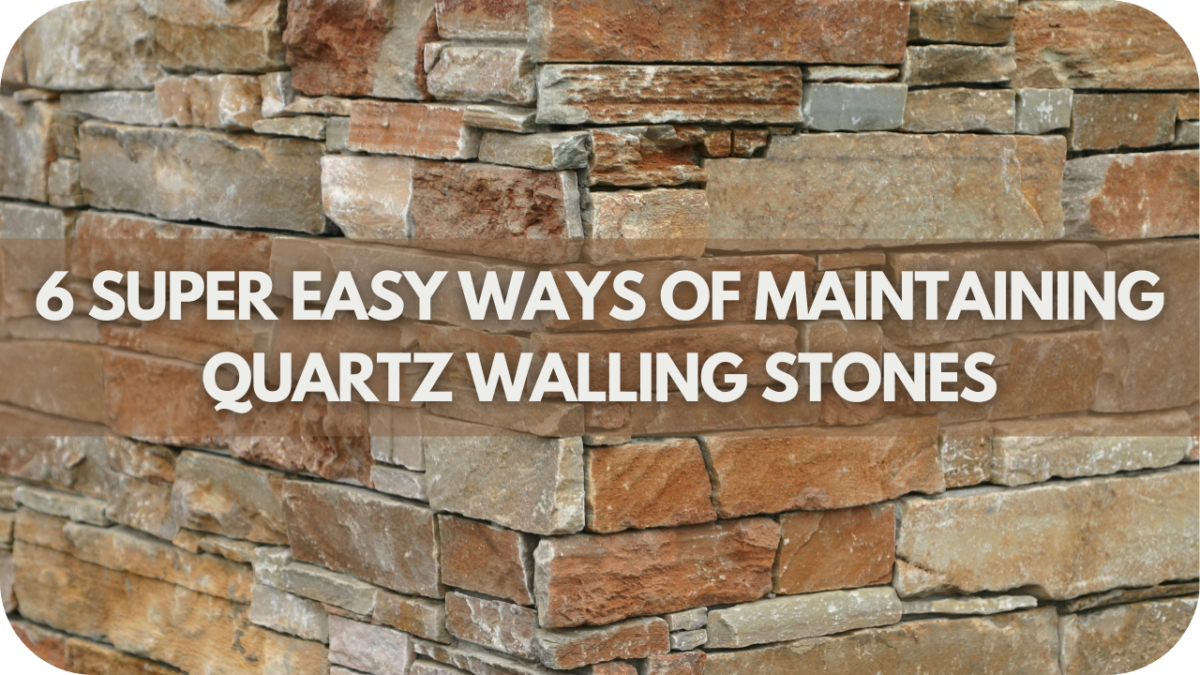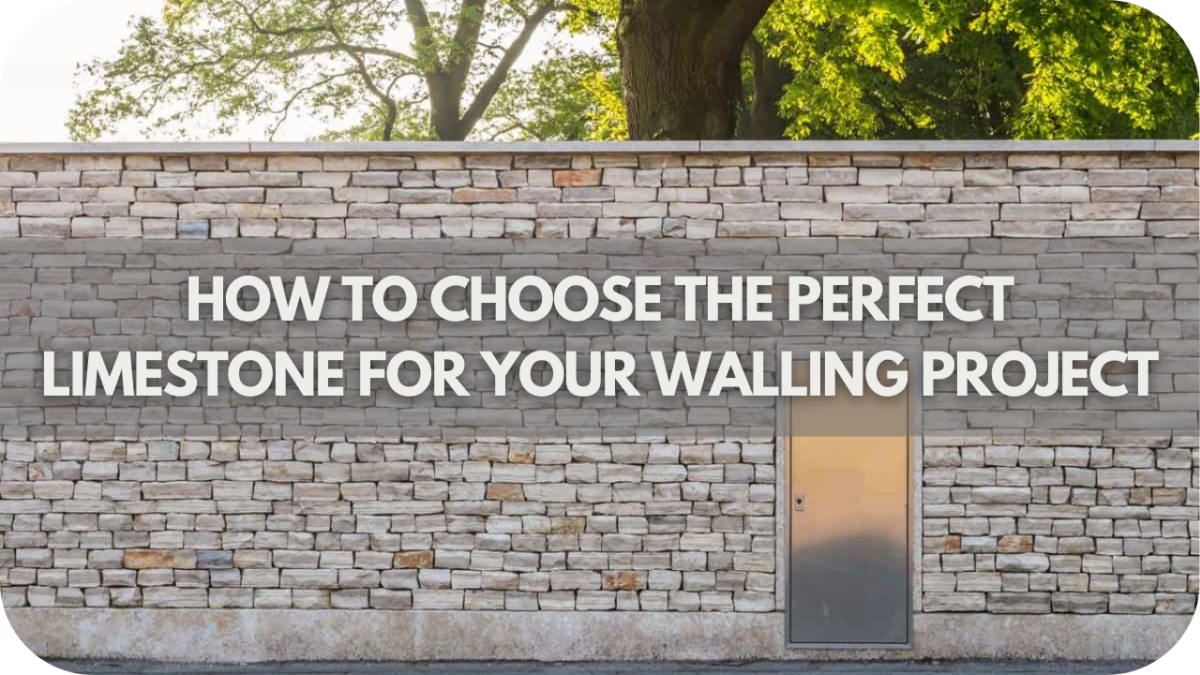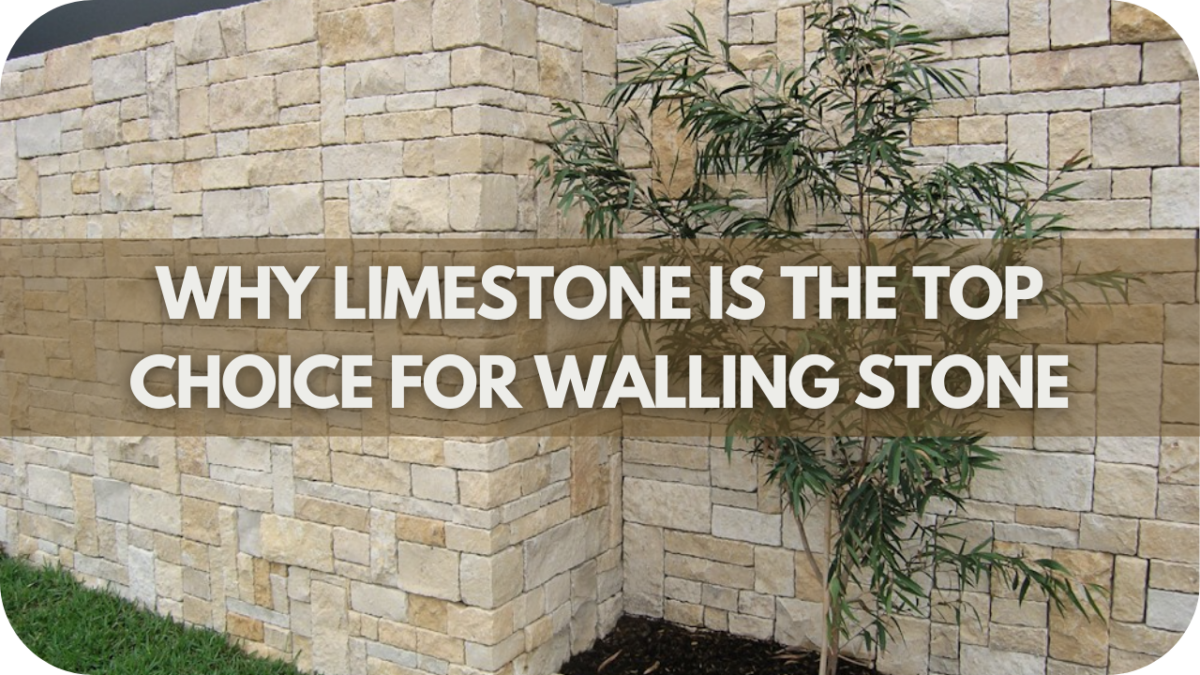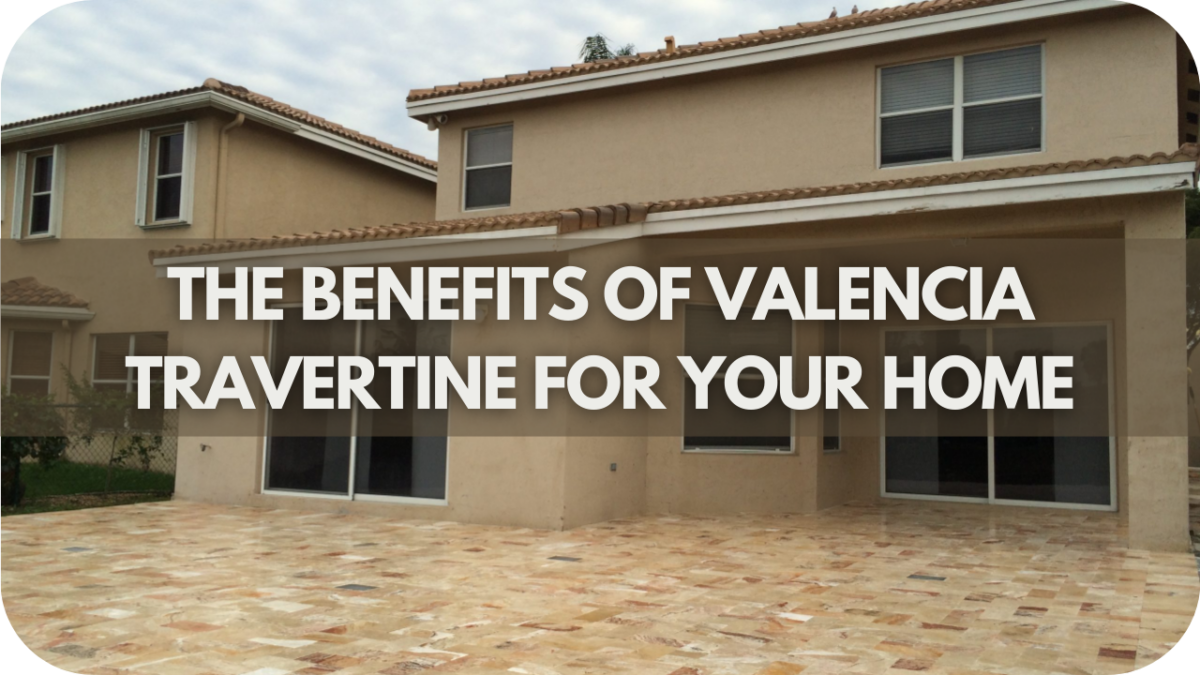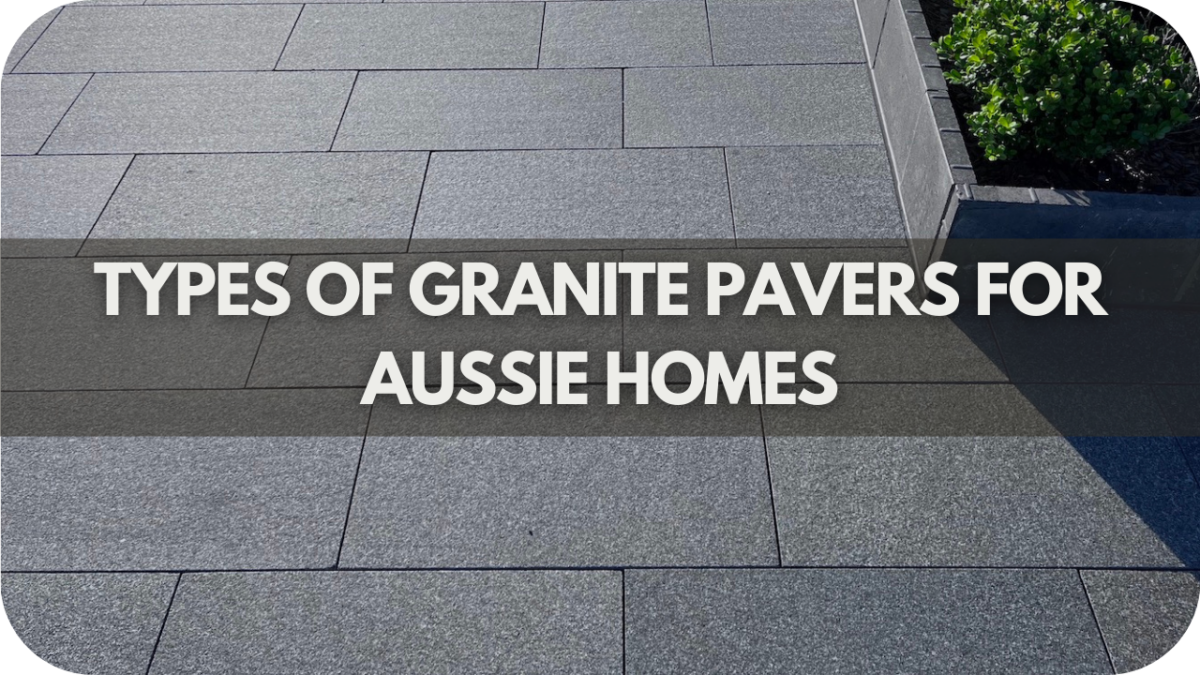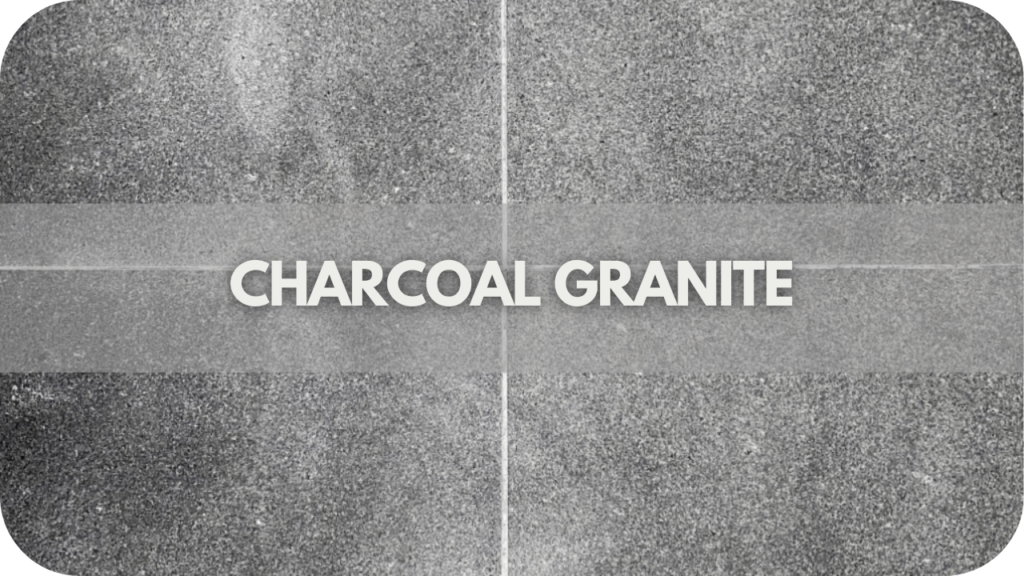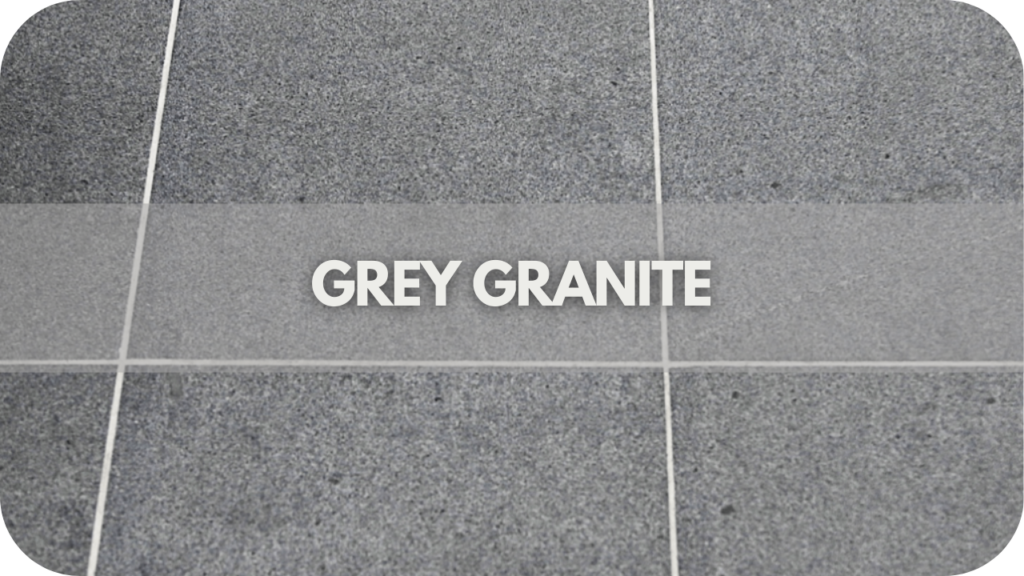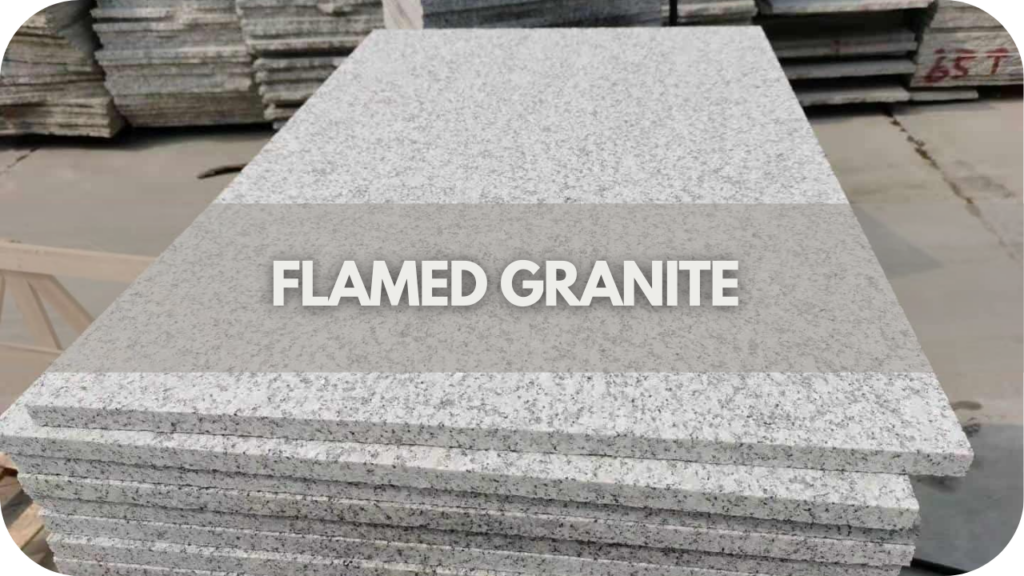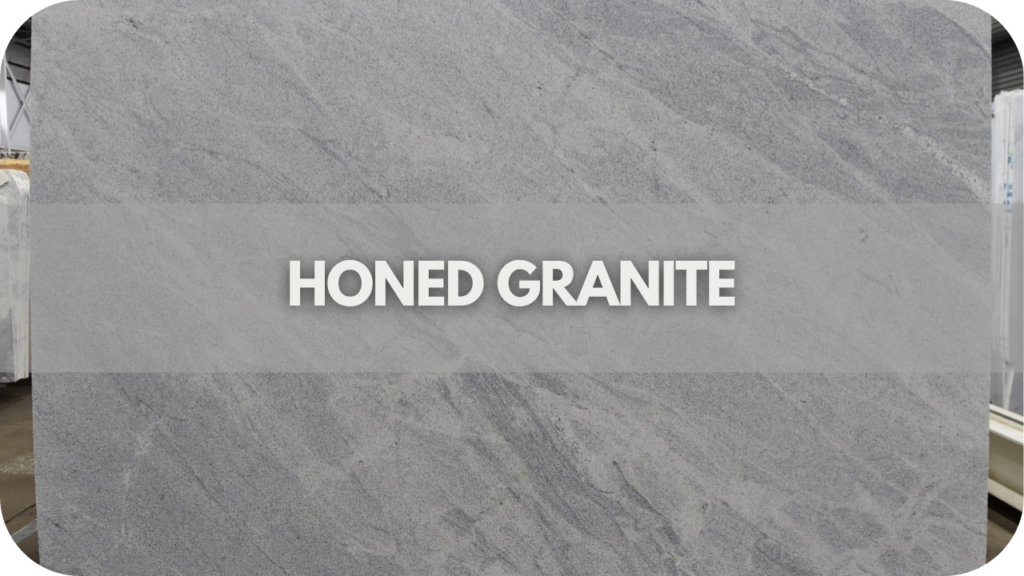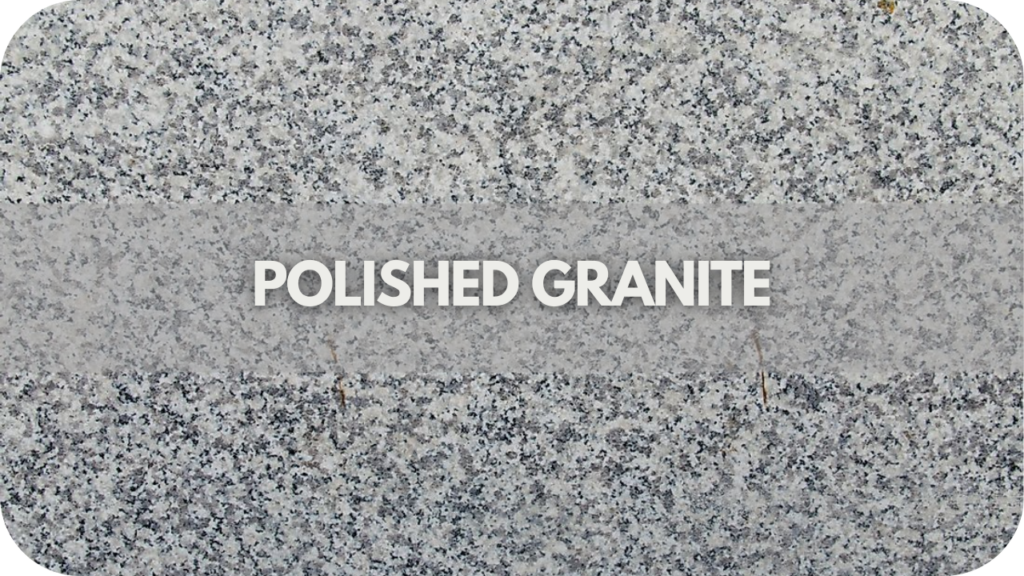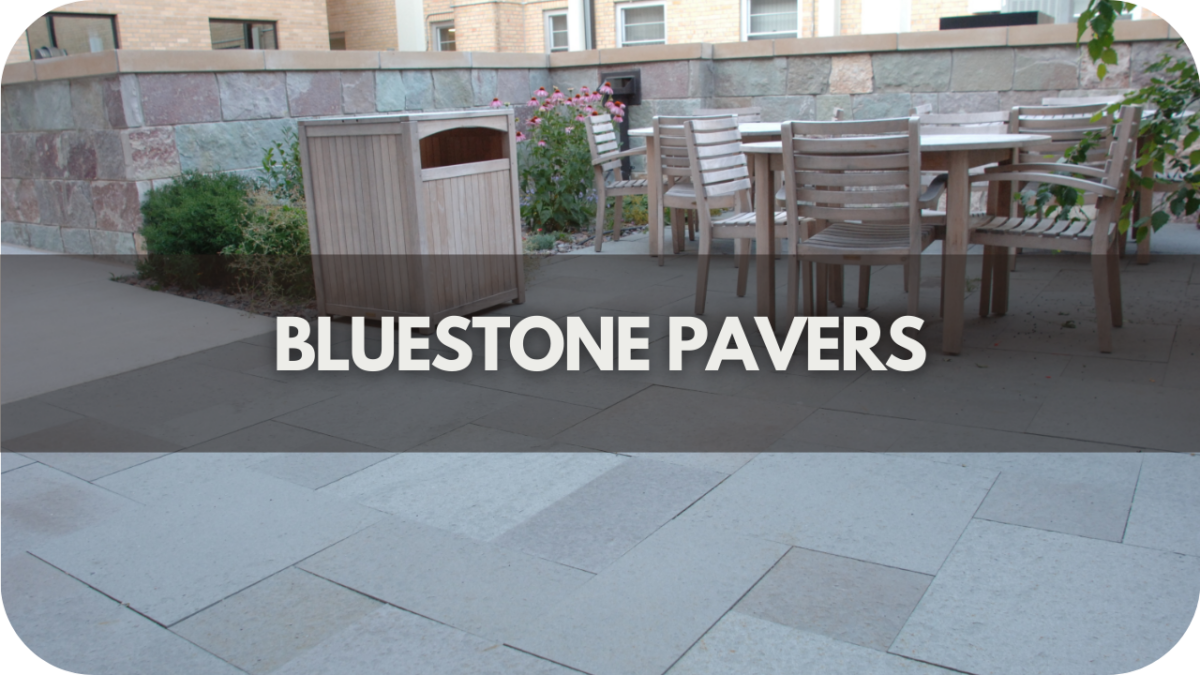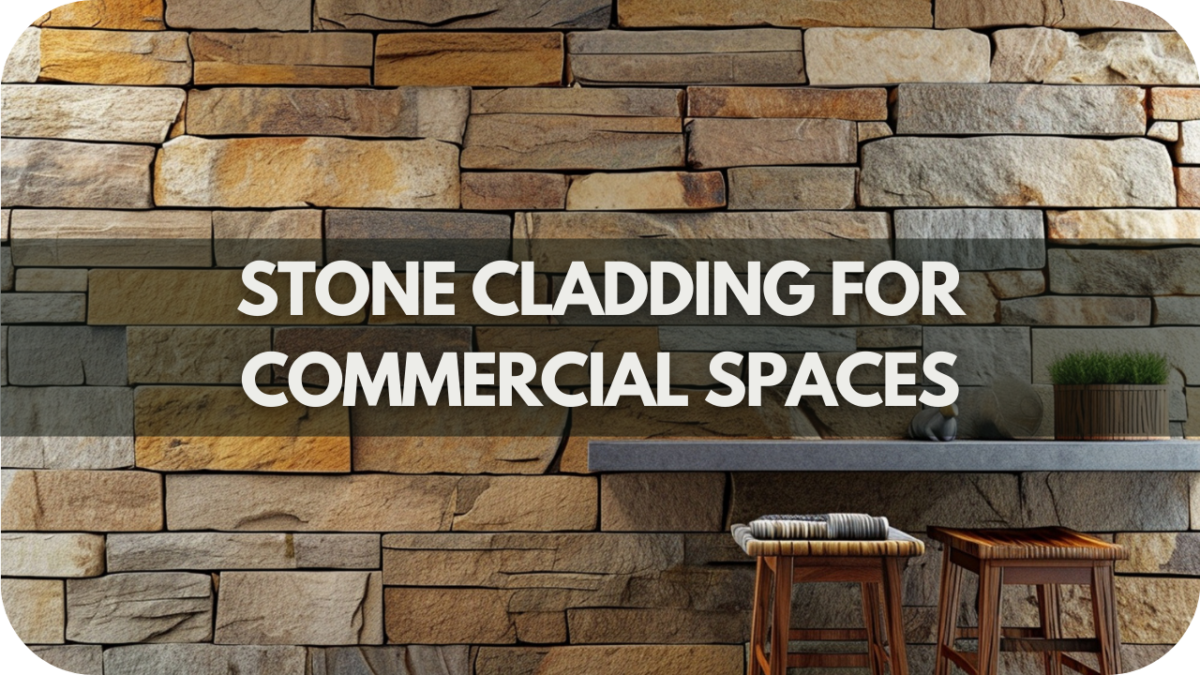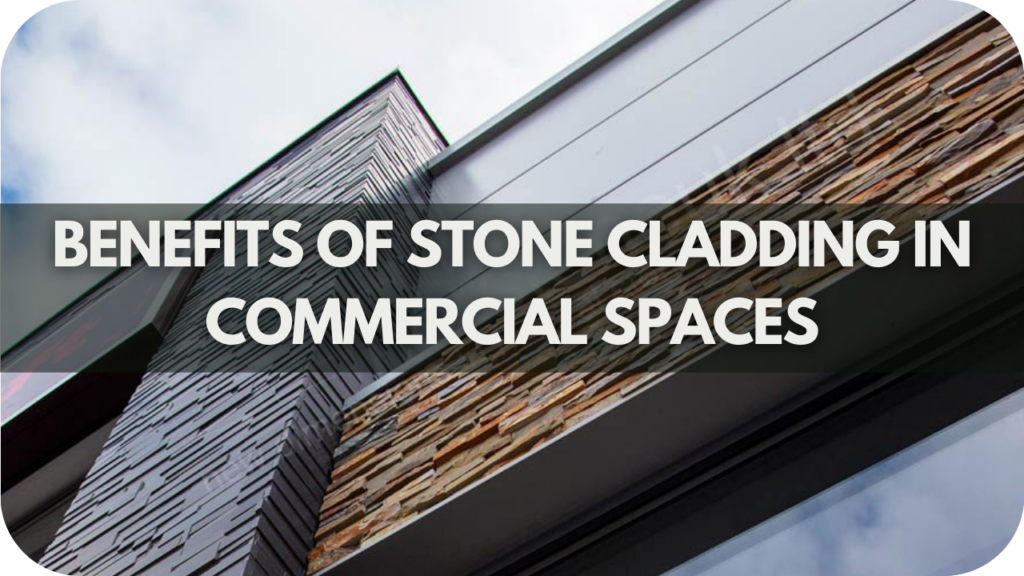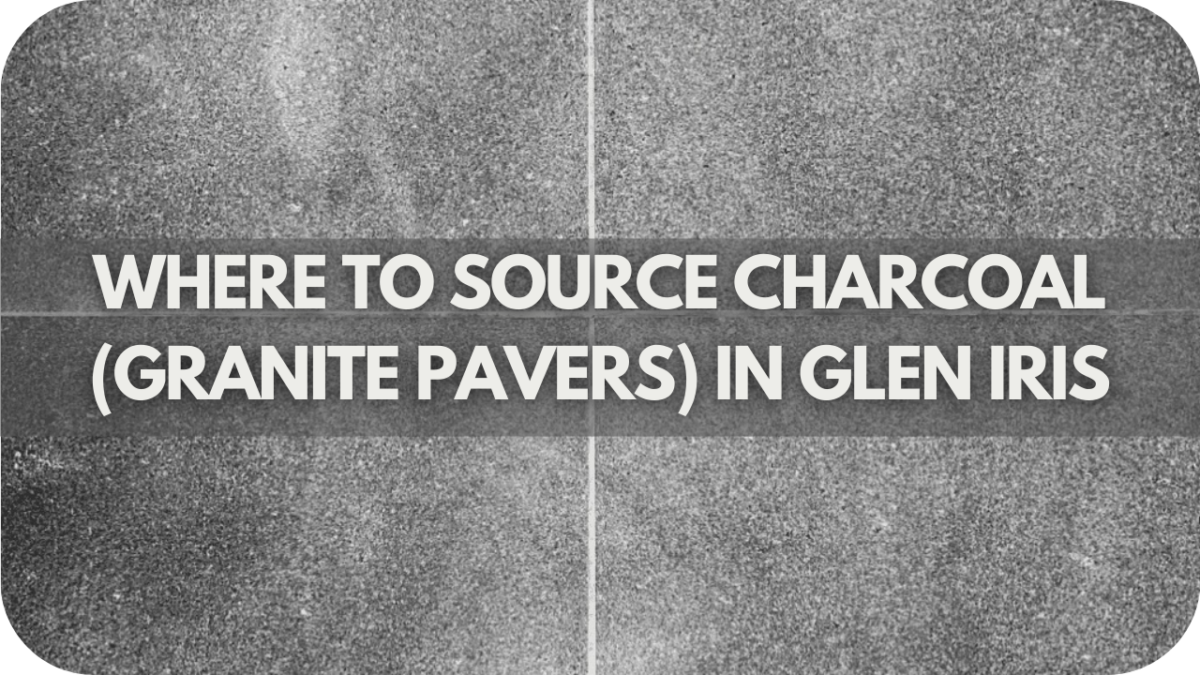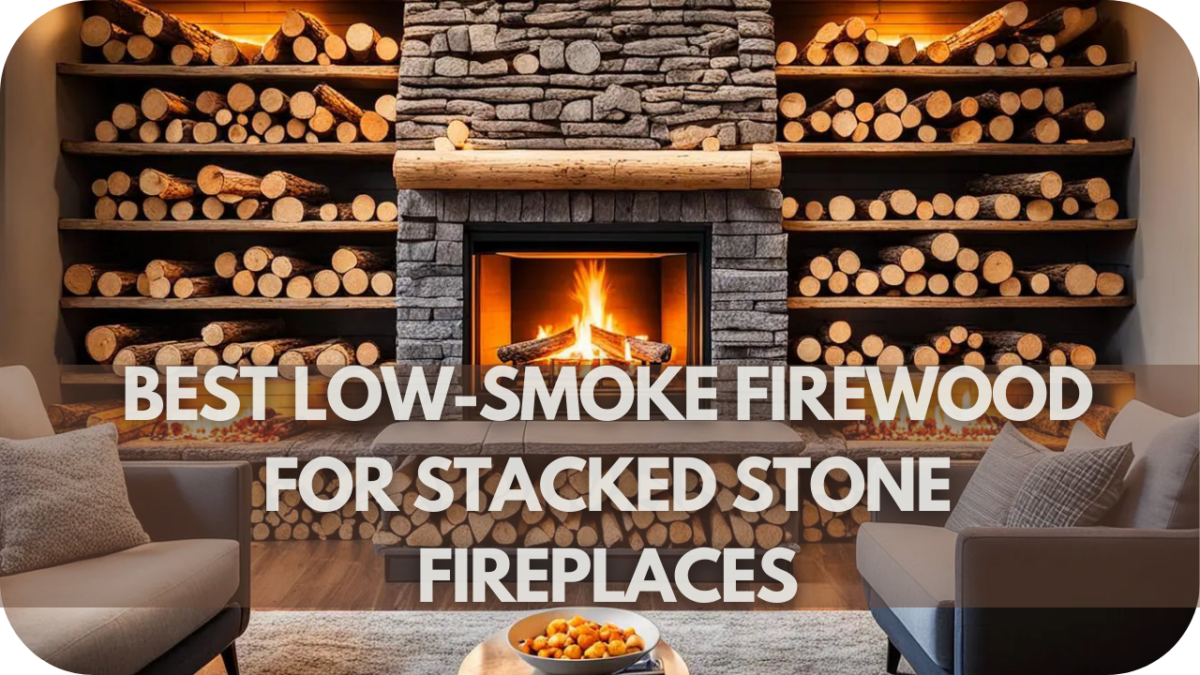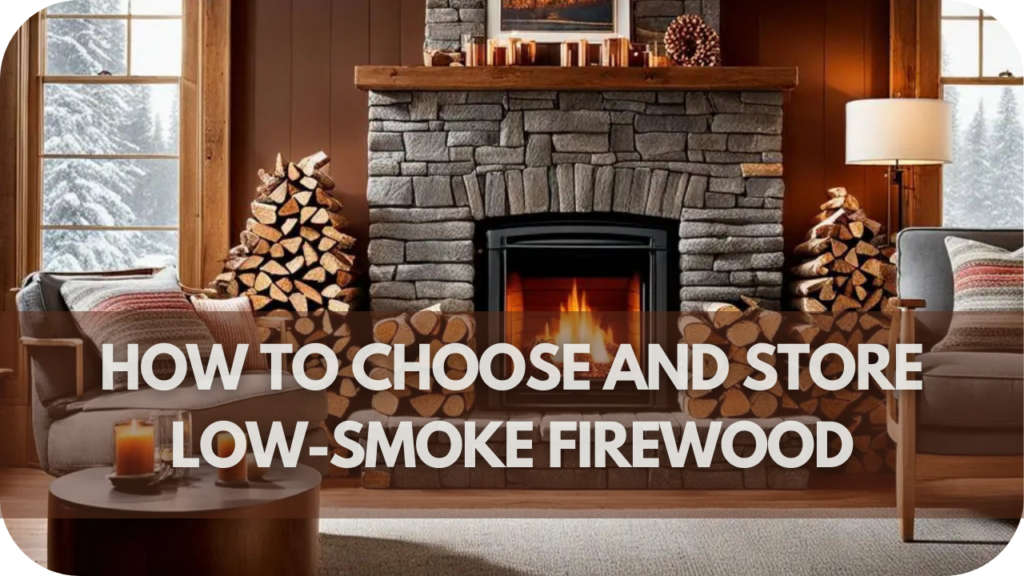Best Paver Base Materials
Choosing the suitable paver base material can be overwhelming, with many options. The wrong choice can lead to uneven surfaces, shifting pavers, and costly repairs.
This article will explore the best paver base materials and provide expert advice to ensure your project’s stable and durable foundation.
Types of Paver Base Materials
Choosing a suitable paver base material is essential for a stable outdoor surface. With so many options available, how do you find the best foundation for your project? Let’s dive into the top types of paver base materials and what you need to consider.
1. Crushed Stone
Crushed stone is famous for paver bases due to its versatility and durability. It comprises small, angular rocks and provides excellent compaction, making it a stable foundation for any paver project.
This material is commonly made from granite, limestone, or trap rock, and various options are available to suit your needs.
One of the main benefits of using crushed stone is its ability to create a solid base that prevents shifting and settling. The stones’ angular nature allows them to interlock, providing superior support and stability compared to rounded gravel.
Additionally, crushed stone offers excellent drainage, crucial in preventing water accumulation that can damage your pavers over time.
When installing a crushed stone base, it’s essential to compact each layer to ensure maximum stability properly. Typically, a 4-6 inch layer of crushed stone is recommended for most paver projects, although this can vary depending on the specific requirements of your project.
2. Gravel
Gravel is a widely used paver base material known for its affordability and ease of installation. Typically composed of stone, sand, and clay, gravel provides a flexible yet stable foundation for pavers.
This material is available in various sizes, with larger stones often used for deeper layers and finer gravel for the top layers.
A significant benefit of using gravel is its excellent drainage properties. The combination of different particle sizes allows water to pass through easily, preventing pooling and reducing the risk of water damage to your pavers.
Additionally, gravel is easy to compact, creating a firm base that can support the weight of the pavers and withstand heavy foot traffic.
When installing a gravel base, it’s crucial to properly layer and compact the material. A typical gravel base consists of a 4-6-inch layer, which can be adjusted based on your project’s requirements. Proper compaction is essential to prevent shifting and settling over time.
3. Sand
Sand is an indispensable component of a paver base, renowned for providing a smooth, even surface.
Sand is primarily used as a bedding layer. It ensures that pavers are perfectly level and prevents them from shifting over time. Washed concrete sand is typically recommended due to its uniform particle size and cleanliness.
Using sand offers the significant advantage of filling in small gaps and irregularities in the underlying base material.
It creates a stable and uniform surface that helps distribute weight evenly across the pavers. Sand also offers excellent drainage, which prevents water from pooling under the pavers and causing damage.
To achieve the best results, spread a 1-2 inch layer of sand over the compacted base material. To ensure a consistent surface, level and smooth this layer using a screed board. After laying the pavers, sand is also used to fill the joints, lock the pavers in place, and provide additional stability.
4. Concrete Sand
Concrete sand is a highly recommended material for creating a paver base. It is known for its superior properties in providing stability and support. This type of sand is coarse and clean, with uniformly sized particles that make it an ideal bedding material for pavers.
A key advantage of concrete sand is its excellent compaction capabilities. When adequately compacted, concrete sand creates a firm and stable base that helps prevent pavers from shifting or settling over time.
It is crucial for maintaining the structural integrity of your paved surface, especially in areas with heavy foot traffic or vehicular use.
Additionally, concrete sand offers excellent drainage, allowing water to pass through easily and preventing water accumulation that can lead to damage. It helps preserve your pavers’ longevity by reducing the risk of erosion and frost heave.
For best results, you should spread a 1-2 inch concrete sand over the compacted base material. They must then level and smooth this layer to create a consistent surface for laying the pavers.
After the pavers are placed, additional concrete sand fills the joints, ensuring they are locked in place.
5. Polymeric Sand
Polymeric sand is a cutting-edge material used for filling joints between pavers. It offers a range of benefits that traditional sand cannot match. Composed of fine sand mixed with additives such as silica, polymeric sand hardens when moistened, creating a solid yet flexible joint.
One of the primary advantages of polymeric sand is its ability to prevent weed growth and insect infestations. Once hardened, it forms a barrier that deters weeds from sprouting and insects from nesting in the joints.
Polymeric sand offers superior erosion resistance, ensuring the joints remain intact even during heavy rain or pressure washing.
Installation of polymeric sand requires precision. Compacting and removing any excess sand from the surface is crucial after spreading the sand over the pavers and sweeping it into the joints.
The final step involves lightly misting the area with water, which activates the polymers and causes the sand to harden.
Factors to Consider When Choosing a Paver Base Material
Selecting the suitable paver base material is crucial for ensuring the stability and longevity of your paver project. Several factors need to be considered to make an informed decision.
- Soil Type: The soil type in your area plays a significant role in determining the best base material. Clay soils require more drainage capabilities, whereas sandy soils may need less.
- Drainage: Proper drainage is essential to prevent water accumulation, which can damage pavers over time. Materials like gravel and concrete sand offer excellent drainage properties, reducing erosion risk and frost heave.
- Load-Bearing Capacity: Consider the expected load on the pavers. Materials with high compaction abilities, like crushed stone or concrete sand, are ideal for areas with heavy foot traffic or vehicular use.
- Climate: The local environment influences the choice of paver base material. In areas with heavy rainfall, materials with superior drainage capabilities are preferred. Conversely, materials that resist frost heave are necessary in regions prone to freezing.
- Budget: Cost is always a factor. While gravel and sand are more affordable, polymeric sand offers additional benefits like weed prevention and erosion control, justifying its higher cost.
- Installation: The ease of installation can vary, but materials such as sand and crushed stone, which are easy to compact and level, simplify the process.
Step-by-Step Guide to Preparing the Paver Base
Ready to transform your outdoor space? A solid paver base is key to lasting results. Follow this step-by-step guide to ensure your pavers are set for success!
Step 1: Site Preparation
Proper site preparation is crucial for the success and longevity of your paver installation, preventing issues like uneven surfaces and shifting pavers.
Begin by marking the area with stakes and string lines to ensure straight edges. Excavate the site to a depth of 6-8 inches for pedestrian traffic or 10-12 inches for vehicular traffic, removing all grass, roots, and debris to create a clean base.
Level the ground with a rake, creating a slight slope away from structures for drainage. Compact the soil using a plate compactor to provide a stable foundation.
Lay geotextile fabric over the compacted soil to prevent the base material from mixing with the soil, improving stability and drainage.
Add and evenly spread your chosen base material, such as crushed stone or gravel, compacting it in layers for desired thickness and strength. Finally, ensure the base material is level, smooth and ready for the bedding layer.
Step 2: Installing the Base Material
Properly installing the base material is critical to the durability and stability of your paver project. Do the following to ensure a solid foundation.
Begin by spreading your chosen base material over the prepared site, such as crushed stone or gravel. Aim for a layer thickness of 4-6 inches for pedestrian areas and 8-12 inches for vehicular areas.
A rake distributes the base material evenly across the site, maintaining a slight slope for drainage and directing water away from structures.
Compaction is essential for stability. Use a plate compactor to thoroughly compact the base material, making multiple passes to ensure even density and firmness. For a deeper base, add additional layers of material, repeating the levelling and compaction process for each layer to provide a uniformly stable foundation.
Once the desired thickness is achieved, perform a final levelling using a screed board to smooth the surface, ensuring it is flat and even ready for the bedding layer.
Verify the grade to ensure proper drainage. The base should slope away from any structures at approximately 1 inch per 8 feet.
Step 3: Laying the Pavers
Laying the pavers is the exciting stage where your project takes shape. To ensure a successful installation, start from a straight edge, such as a building or edge restraint, which provides a neat and straight layout.
Maintaining consistent gaps between pavers using spacers helps create a professional-looking finish. When reaching the edges or around obstacles, you may need to cut pavers to fit; use a paver splitter or a wet saw for precise cuts.
Periodically check the levelness of the pavers using a spirit level and adjust as necessary to ensure a flat and even surface. Use a rubber mallet to gently tap each paver into place, ensuring they are seated securely in the base material. Once all the pavers are laid, fill the joints with sand by sweeping them over the surface and into the gaps between them.
After filling the joints with sand, lightly wet the surface to activate the sand, then compact the pavers once more to settle them into place. This step ensures the pavers are securely set and provides a stable, finished surface.
Maintenance Tips for Paver Bases
Laying the pavers is the crucial phase that transforms your vision into reality. Follow these critical steps for a successful installation:
- Start with a Plan: Dry-lay the pavers in your desired pattern to ensure a pleasing design and proper fit.
- Prepare the Bedding Layer: Spread a layer of bedding material, such as concrete sand, evenly over the compacted base.
- Place the Pavers: Carefully place each paver onto the bedding layer, starting from one corner and working your way outwards.
- Maintain Even Spacing: Use spacers to maintain consistent gaps between pavers, ensuring a uniform appearance.
- Check for Level: Use a spirit level to verify that the pavers are level and adjust as necessary by tapping gently with a rubber mallet.
- Fill the Joints: Once all pavers are in place, fill the joints with polymeric sand, sweeping it into the gaps and compacting it as needed.
- Compact and Seal: Finally, compact the pavers to set them firmly in place, and consider applying a sealant to enhance durability and aesthetics.
Conclusion
Selecting the suitable paver base material is crucial for a successful project. Opt for crushed stone or concrete sand for stability and drainage. Ensure thorough site preparation and precise installation techniques.
Follow these recommendations to create a durable, visually appealing paved surface. Choose your base material wisely, and transform your outdoor space today!


